WHY GO: What are the best things to do in Salisbury MD? Wicomico County MD (population 100,000) encompasses several burgs and the emerging town of Salisbury. Constantly reinventing itself economically – from tobacco and grain, to timber, seafood, “truck farms,” and now as headquarters of chicken producer, Perdue – wealth came from a succession of industries and Wicomico County thrived.
But with the completion of Route 50 and then the recession of 2008, the county fell hard. Lately, however, with arts and tourism, Wicomico has been finding its footing.
A soon to open Museum of Eastern Shore Culture, a small but popular zoo, fantastic clam shacks, breweries, and one historic B&B with bewitching views are drawing more and more curiosity seekers to this Chesapeake Bay region.
The “Capital of Maryland’s Eastern Shore,” and the “Crossroads of Delmarva” (Routes 13 and 50), Wicomico County, is just a 2 ½ hour drive from DC and Baltimore. Read on below for the reasons get off 50 and stay.
Wicomico County is on our list of 17 Best Romantic Getaways in Maryland. Check it out for more adventures with your loved one.
Things to Do in Salisbury MD and Greater Wicomico County
COMING SOON: Museum of Eastern Shore Culture at Salisbury University
Unfortunately, the Ward Museum of Wildfowl Art closed for good in 2022 (initially, of course, during the pandemic in 2020), but its legacy lives on. (See Below)
Some of the collection will be featured at the new Museum of Eastern Shore Culture at Salisbury University, which is expected to open in summer 2024 in Downtown Salisbury
REMEMBERING: Ward Museum of Wildfowl Art
The fantastic Ward Museum of Wildfowl Art, a paean to the craftsmanship of carved birds, used to be a first stop for anyone coming to Wicomico County. Even if you didn’t know about or believe you won’t enjoy looking at duck decoys.
The much praised Ward, in the Chesapeake Bay Watershed examined the cultural traditions of the Eastern Shore and “lifeways” of the Delmarva Peninsula through art, history, nature and community programming. Duck Decoys, of course, were the stars.
Wicomico on the “Atlantic Flyway”
The permanent exhibit – Decoy In Time Gallery – was staged as a stone path through salt marsh and brackish water. Listening to birdcalls, you’d travel through time, learning that decoys were first identified in early cave drawings, but were commonly used by settlers in this region known as the “Atlantic Flyway.”
With its “heavy waterfowl loads,” the sky on Maryland’s Eastern Shore was once described as being “black with birds.” Hunters sold wild ducks at market (considered “good eating”). They eventually introduced weaponry to maximize their “harvest.”
But by 1918, bird counts diminished due to over-hunting and increased demand for plumage used in women’s hats. The Migratory Bird Act of 1918 put the kibosh on commercial hunting, leaving it solely a recreational activity.
Market hunters became guides. And decoys, once the province of artisans, turned to mass production. This proliferation of cheap decoys led to a renewed interest in individually carved birds, some which were never meant to be used.
Collectors sought out the best of this folk art – artifacts that fit nicely on shelves. A. Elmer Crowell from East Harwich MA was considered one of the finest decoy carvers of all time, and prices paid for his work reflect that; most in the high six figures. His Preening Pintale Drake went for the highest amount ever spent on a decoy – $1.1 million.
The Ward Brothers
The namesakes of the museum, the “Ward Brothers” – Lem and Steve Ward – were barbers from Crisfield MD who became famous for the decoys they carved; when not cutting hair.
Dirt poor, the Wards bartered these carvings for medical treatment. Their doctor, impressed with the quality of their wooden ducks, began submitting them into contests.
Soon, the brothers became legend. Their “Wildfowl Counterfeiters” were more accurate and artistic than any other. Lem and Steve inscribed poems on the base of their carvings, and sold them for $25 vs. $5 others charged. Ever modest, the wards were passionate about preserving artisanal decoy carving,
Lem and Steve established the Ward Foundation in 1968 while still alive, and were featured in National Geographic Magazine three times.
TOUR: Poplar Hill Mansion, Salisbury
You’re invited into a local treasure – one of the oldest homes in Maryland, the Poplar Hill Mansion – for a very interactive tour. In fact, we consider this tour one of the best things to do in Salisbury MD.
Sit on the chairs (no ropes!), play the piano forte, handle items. It’s a fantastic look and feel back in time.
In the late 1700’s, Rhode Islander, Major Levin Handy, purchased 375 acres to farm here. In 1795, he began construction on this grand home, reminiscent of a New England mansion, built of wood rather than brick.
Handy, “not a great farmer,” according to tour-guide/curator, Sarah Meyers, died leaving his widow deep in debt. So, in 1805, the unfinished house was sold to Salisbury’s first surgeon, Dr. John Huston. John moved in with his wife, Sara, and four daughters: Elizabeth, Isabella, Anne, and Sally. (Streets in the area are named for the three oldest girls).
Exemplary Federalist Home
Huston finished the home in a grand neoclassical Federalist style. Neighbors referred to the mansion as “the House on Poplar Hill,” as its long, straight driveway was lined with Poplar Trees.
Walk in to a central hall, with soaring 11’9” ceiling and delicate archway. Historians are meticulous in researching the home’s original colors and applications. In the parlor, bright yellow walls look streaky on purpose: The paint an authentic milk-based glaze.
The color blue, made from indigo, was expensive. So, shades of yellow, red, and green predominated during that period. Here, blue was used as trim, and was meant to convey wealth. Brass hardware on the doors, along with hefty skeleton keys, are original to the home.
An Eli Terry & Son’s clock sits on the fireplace mantle. The Poplar Hill Mansion also contains one of the coolest artifacts in Wicomico County: a 1700’s Piano Forte.
Play a Rare Piano Forte
This Clementi & Co. piano, made in Holborn London, is incredibly rare. The Friends of Poplar Hill Mansion spent $11,000 to restore this instrument to playable condition. Incredibly, visitors with experience are invited to play it (though it is still out of tune).
The Palladian Window, on the second floor at the front of the house, grand and imposing still, is considered one of the best in the State.
The four girls slept in one room on that floor. Restorers discovered a “concealment shoe” in their wall– placed there, as was customary at the time, to ward off evil spirits.
The Hustons enslaved as many as 18 people at one point, and at least one perished here. Evidence of the home’s one documented death remains.
A young woman, named Sally or Sara, was tending to the fireplace in the girl’s room when, tragically, her dress caught fire, engulfing her in flames. Burn marks and a leather patch over a hole that ran straight through to the first floor can still be seen. Check website for opening dates and tour times.
WALKING TOUR: Newtown Historic District
Newtown, Salisbury’s first residential district, was developed on the lands of the Poplar Hill Plantation. The Poplar Hill Mansion, on the National Historic Register, is within this 240-property historic district composed of Queen Anne, Classical, English Cottage, Greek and Colonial Revival style homes.
Young couples and retirees are discovering fantastic deals on large Victorians within a short walk of compact downtown Salisbury, many intact due to “preservation by neglect,” according to Architectural Historian, Barry Dressel.
The light green and orange 1887 Gillis-Grier house, with its ornamental elements, gables, dormers, and rooflines, is one of the most photographed homes in Maryland.
Once left to seed, some of these homes have been sold at a fraction of the price they would claim in larger cities – drawing newcomers to Salisbury in search of a simpler (and less expensive) way of life.
This new blood is generating an upbeat, artsy, food-forward vibe, and a stroll around this neighborhood is an excellent way to see what’s on the market.
TOUR: Pemberton Hall in Pemberton Historical Park, Salisbury
“You are standing on floorboards that are older than America itself,” says costumed interpreter, Pat Taylor – one of several volunteer docents who give tours of Pemberton Hall, an underrated attraction that sheds light on the life of an upper-income family.
Pemberton Hall was built in 1741 to impress. Its main room is resplendent in imported wealth-flaunting Prussian Blue. As with most historic properties, this one was in danger of demolition and saved only by concerned citizens in 1964. That was a good thing, as it turned out to have the only Tester Bed Frame in the country in its original place.
Though it looks small from the outside, the main room/hall is cavernous. Abutting it, the small family room, dressed in drearier brown, is cozy in comparison.
The brick kitchen wall features a diamond pattern, incorporated into structures of the day to “keep evil spirits away.”
Upstairs, discover a couple of “Williamsburg Quality” exhibits. One showcases an original 1700’s tester bed frame in its original location. The room is displayed as if its occupants – 11 year old Henry Handy and his 9 year old brother, Thomas – were just about to leave for Eden Academy. Check website for tour dates and rates.
VISIT: Salisbury Zoo, in Salisbury City Park
Back in the 1950’s, people started dropping off monkeys, deer, and even a bear in this wooded section of Salisbury for no apparent reason, leading to the creation of an actual zoological park.
Once called “The Best Little Zoo in America,” this free-to-public Salisbury Zoo, a collection of North and South American and Australian animals, is still popular with families.
There’s a playful bear, a gaggle of alpaca’s, a jaguar, ocelot, owls, and much more – all quite entertaining.
One of the largest draws, however, sits just outside the West Gate. Ben’s Red Swings, an expansive playground was built by the community in memory of cancer victim, 4 year old Ben Layton, who wanted to have “red angel wings” when he went to heaven. Check website for opening days and hours.
GO: SBY Art Space, Salisbury
Thought the SBY Art Space is community-focused, with programming and classes for all ages, its bite-size gallery space has been upping its game lately.
Formerly exhibiting the work of only local artists, curators now source pieces from elsewhere, exposing residents to “good quality artwork” from all over.
Visitors can pop in to take a look, or sign up for an art or clay workshop, or to just peruse the excellent gift shop. Exhibits change 6-8 times a year, so there will always be something new. Check website as hours vary.
SIDE TRIP: Mardela Springs MD
This tiny blink and you’ll miss it burg in western Wicomico County was once a burgeoning resort town. Formerly named Barren Creek Springs, massive amounts of mineral water – favored by Victorians for purported health benefits – sprang from the earth here.
It was a stagecoach stop, a timber-milling town and then a tourist destination. In1842 farmer Joshua Brattan built a Presbyterian Church for the locals – as the closest one at the time was miles away. And then he opened a hotel resort on the hill beside it. The church fell into disrepair until the Westside Historical Society (WHS) rescued it, returning it to its most beautiful incarnation.
White pews are trimmed with black. Windows behind the alter overlook the creek. No longer operating as a church, it still hosts weddings. You’ll also find the remains of the mineral spring, which continues to spit out high-iron-content water, though not at the volume it did 100 years ago.
BIKE: 30-Mile Ferry-to-Ferry Loop from White Haven
You’ll pass by Bordeleau Winery and traverse the Wicomico River on this straight up gorgeous landscape. Best of all, it’s flat as a pancake.
Where to Eat in Wicomico County MD
EAT/DRINK: Evolution Craft Brewing and Public House aka EVO, Salisbury
Local, pure water caught the attention of the Knorr Brothers. Perfect for making beer. Tom and John Knorr (owners of Southern Boys Concepts’ properties, SoBo’s in Salisbury, Red Roost in Whitehaven, and Boonie’s in Tyaskin) identified this abandoned 33,000 sq ft. ice plant as the best place to move their EVO Craft Brewing in 2012, and it has paid off big time.
EAT: Market Street Inn, Salisbury
I fell in love with “Miss Flo” Harris’s famous hot Apple Bread Pudding Pie with Caramel Sauce the minute I took the first bite. It is deliriously good. But it’s not the only reason to plan a meal at the upscale/casual riverfront Market Street Inn.
Tweaks on traditional fare prove that chefs like to play in the kitchen to mouthwatering effect. And with entrees priced under $20, dinner here won’t tap you out. Just a reminder: you definitely have to leave room for Miss Flo’s Bread Pudding.
EAT: The Red Roost, Whitehaven
Legions of fans have found this seasonal simple crab eatery, The Red Roost, situated in an old repurposed Purdue chicken house, way, way off the beaten path somewhere between Salisbury and White Haven. You’ll drive past cows and horses at pasture to get to this place. But rest assured, there will be a wait at the height of the season.
Where to Stay in Wicomico County MD
STAY: Whitehaven Hotel, Whitehaven
If you’re the kind of traveler who seeks out remote, charming, river-set historic inns, you’ll love the Whitehaven Hotel. This 8 room 1810 Bed and Breakfast, 7 miles down Whitehaven Road in the historic district of White Haven (in Quantico), sits on the banks of the Wicomico River.
It’s right across the street from the free-to-use three car Historic Whitehaven Ferry. Saved from the wrecking ball, this former home was turned into an upscale place to de-stress.
The Whitehaven Hotel is so romantic, we included it on our Best Romantic Hotels in Maryland post.
First Impressions of Whitehaven Hotel
Built originally for one family, The White Haven Hotel quickly morphed into lodging for “drummers” – salesmen who’d take the steamboat up the Wicomico and stop here to “drum up” business along the waterfront.
At the time, White Haven was a larger port than Salisbury – another hour upriver. It had a general store, a hat shop, and a post office where the gift shop is now located in the hotel. There was a tomato cannery on what is now the hotel dock. White Haven was a bustling place that eventually fell into decline.
In mid March, when I visited, there was a preponderance of birds atwitter right outside my window. Momma and Poppa Osprey stood watch over their nest steps away from the hotel.
A massive barge made its way silently and swiftly past the ferry dock. In the morning, as the sun rose, birds and boat engines formed a symphony of Spring on the Eastern Shore – a soul-cure for the havoc in Washington just a couple of hours away.
Rooms at Whitehaven Hotel
If you’re looking for the most lush, designed to the nines hotel, or require voluminous duvets in which to be wrapped for a good nights sleep, look elsewhere.
There is no TV, and décor is Victorian futz and frippery. But wow, can you zen out to watching that 3 car ferry right outside your window. The luxury is in the greeting, in the river, the super gourmet breakfast, and that ferry gliding back and forth across the Wicomico River. Plus, it’s dog-friendly.
Food at Whitehaven Hotel
Breakfast is amazing – plated beautifully and not the same old stuffed French Toast you’ll find in other B&B’s. Here, slices of pineapple form bunny ears. And crispy mini pancakes (more like mini muffins) are filled with sweet cream cheese. An artisanal omelet is topped with crispy bacon. A delight and enough to get you through dinner.
All articles belong to Getaway Mavens LLC, and all photos belong to us as well, unless otherwise noted. It’s all copyrighted. Please don’t repost anything elsewhere without asking us first. All rights reserved. This site uses cookies to enhance your experience.
We make no guarantees of any price listed on our site. We’re not responsible for content on external websites linked to ours, including linked resources, an external blog post, any partner site, hotel property sites, or affiliate sites. We only write about places we have vetted, but can’t guarantee that your experience will be exactly the same.
Posts may contain affiliate links at no cost to you. Several of our trips are also compensated by the respective tourism boards for the city or state we are visiting. This never impacts how we share the destination with you – opinions are always our own and we pride ourselves on that. We do not sell links or accept unsolicited guest posts under any circumstances. Don’t even ask.
United States Copyright, Getaway Mavens, LLC

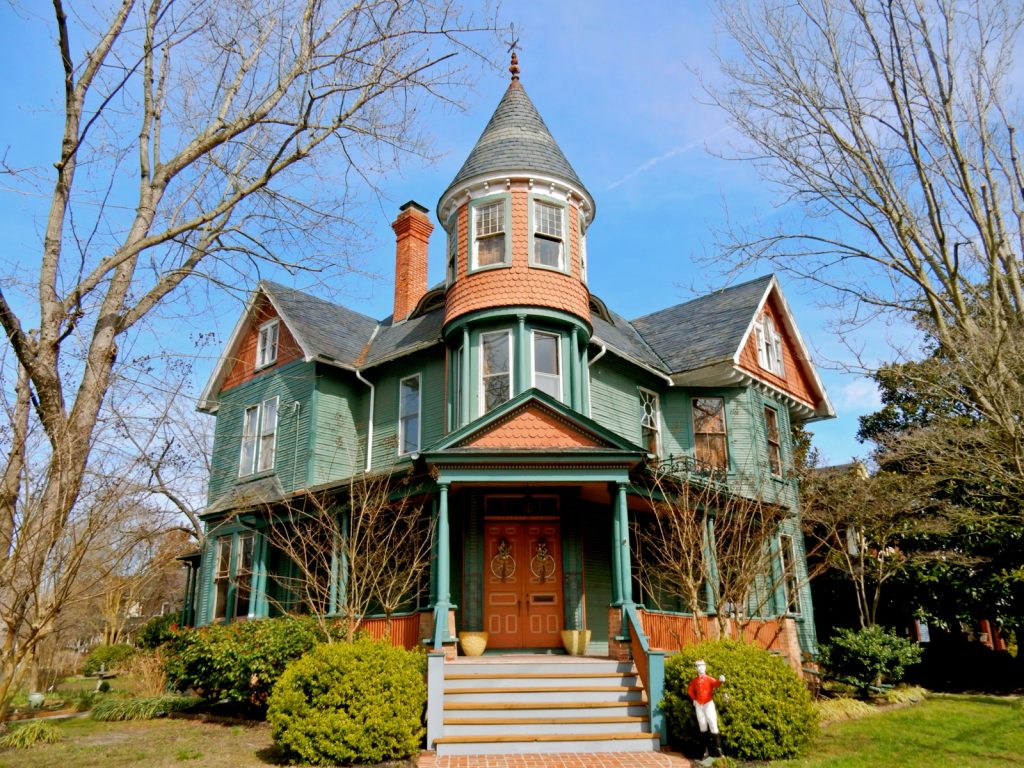
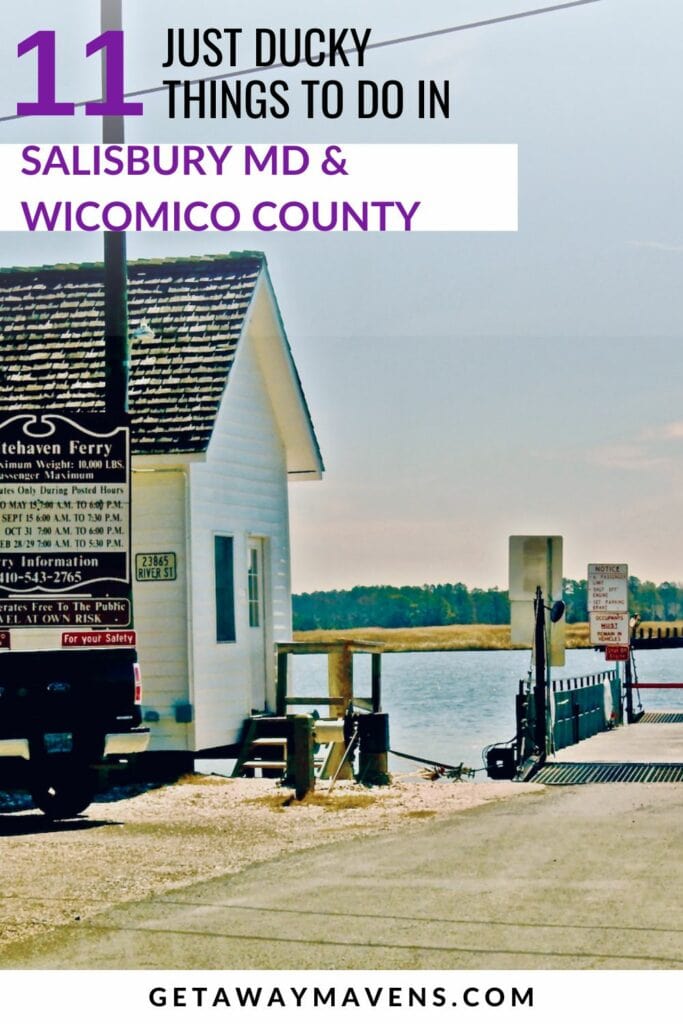
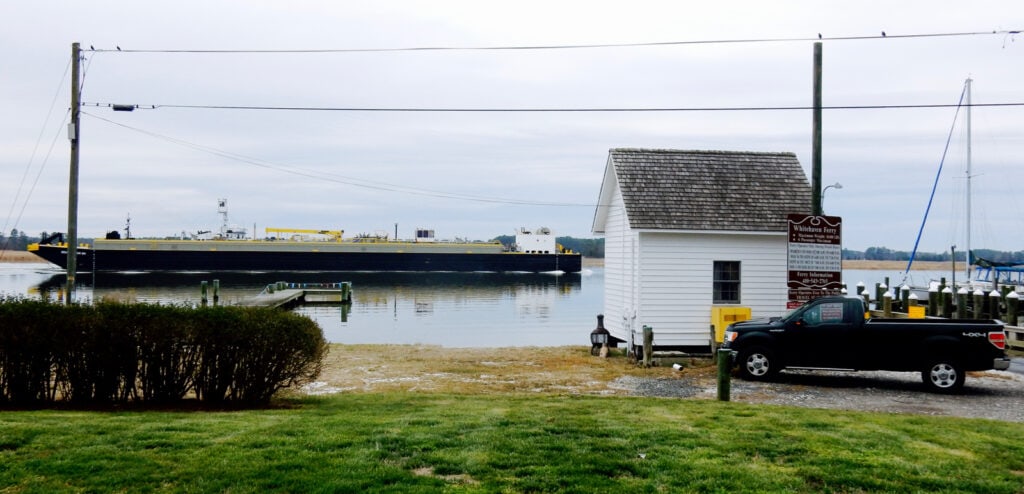
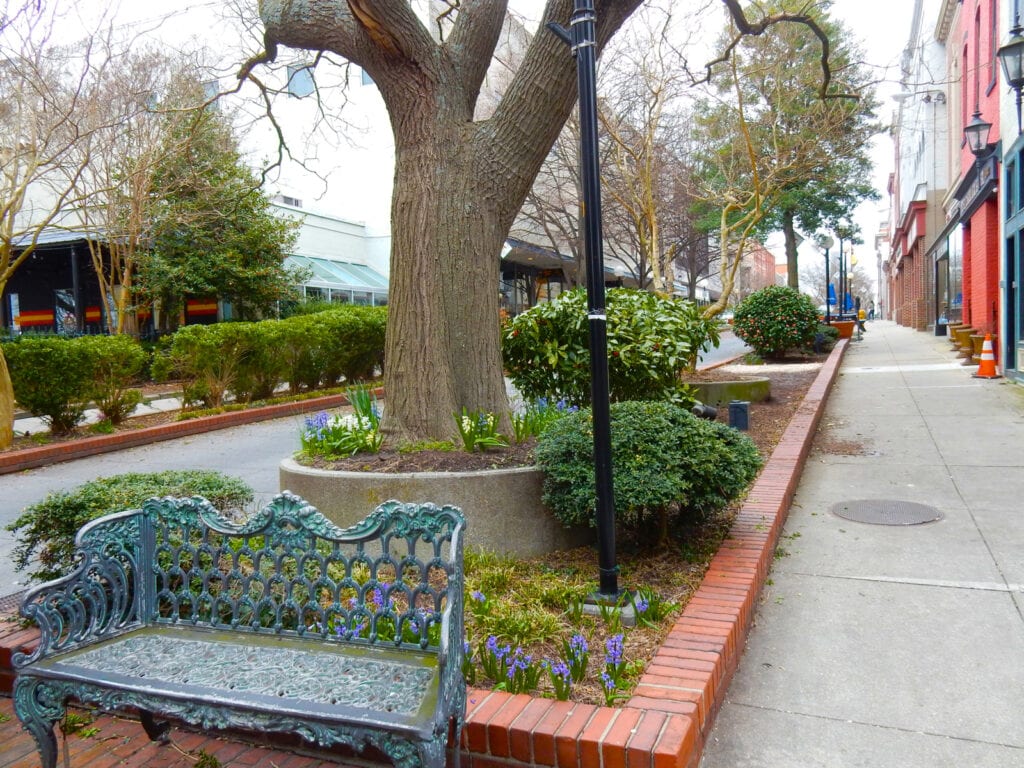
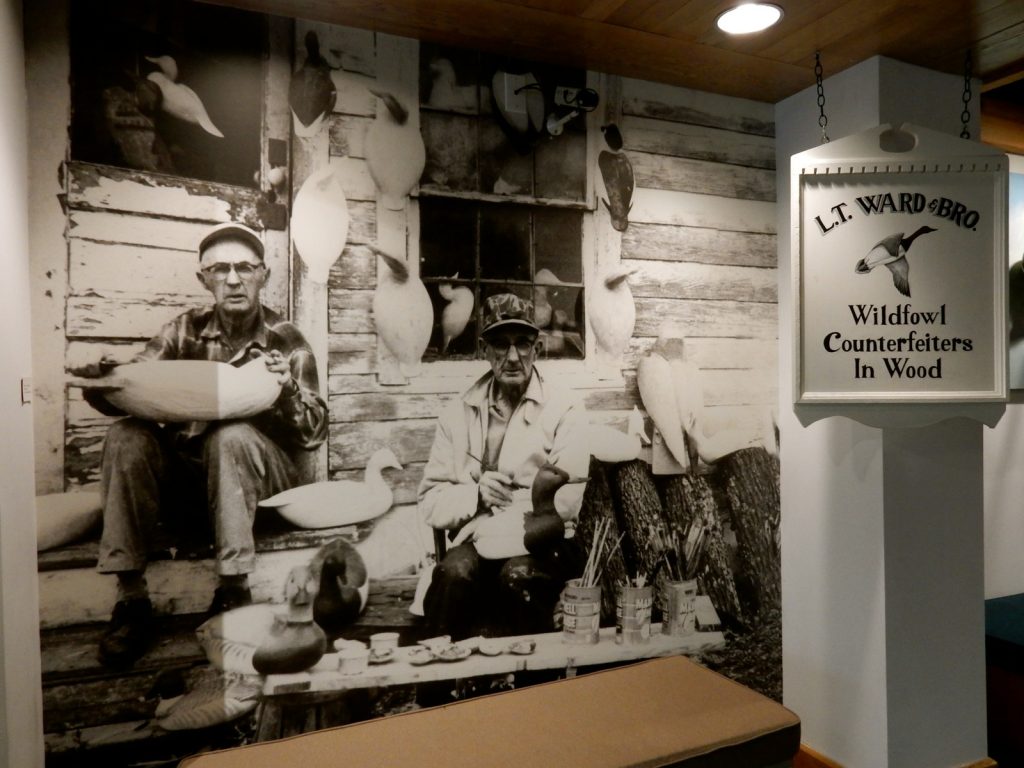
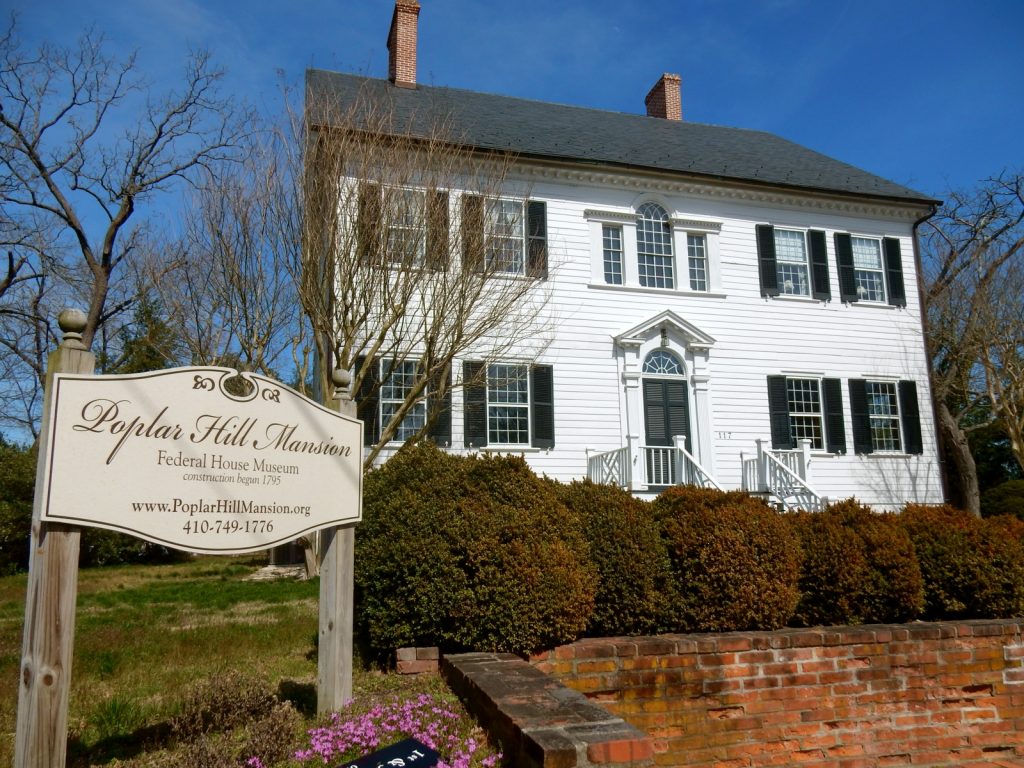
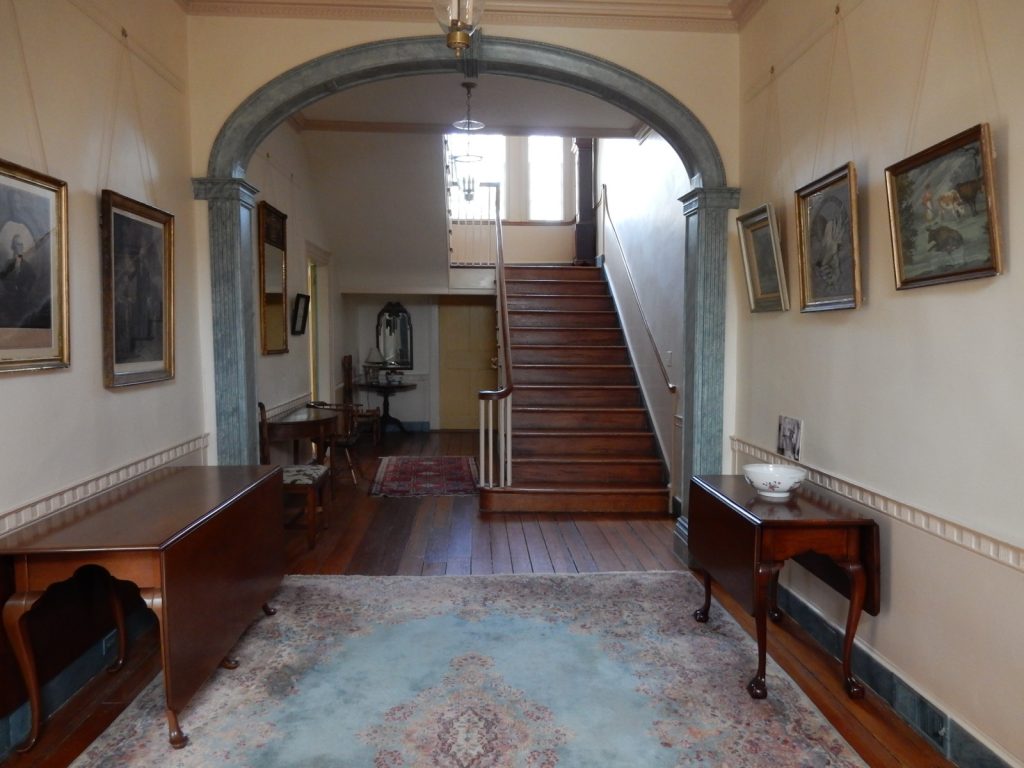
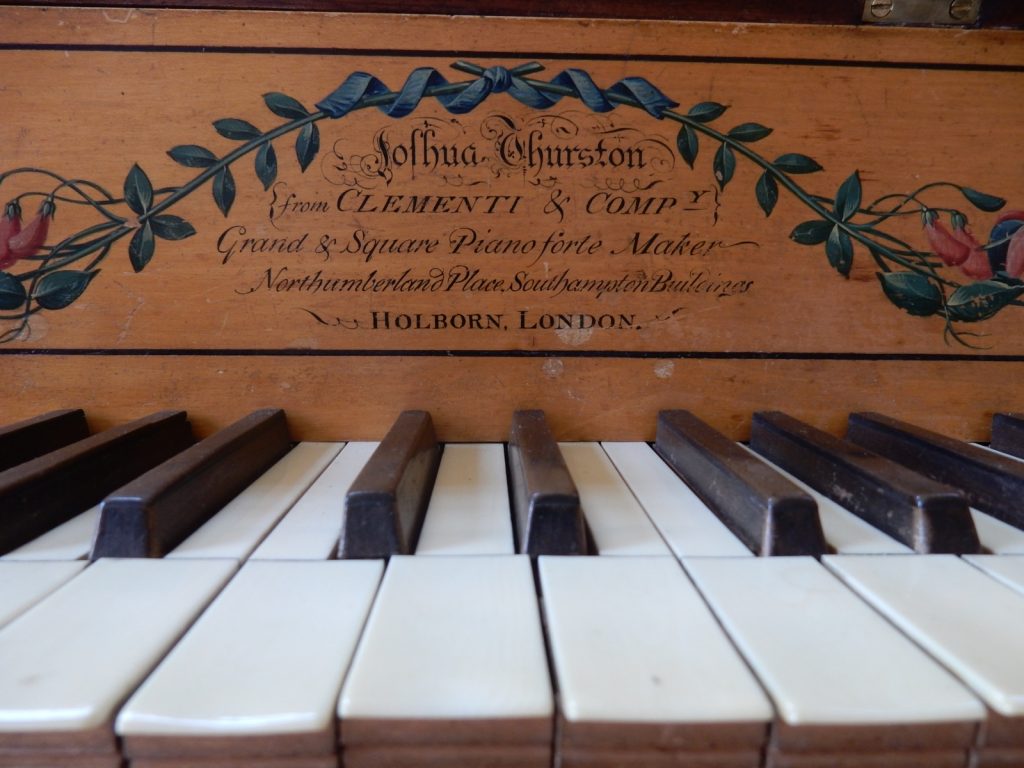
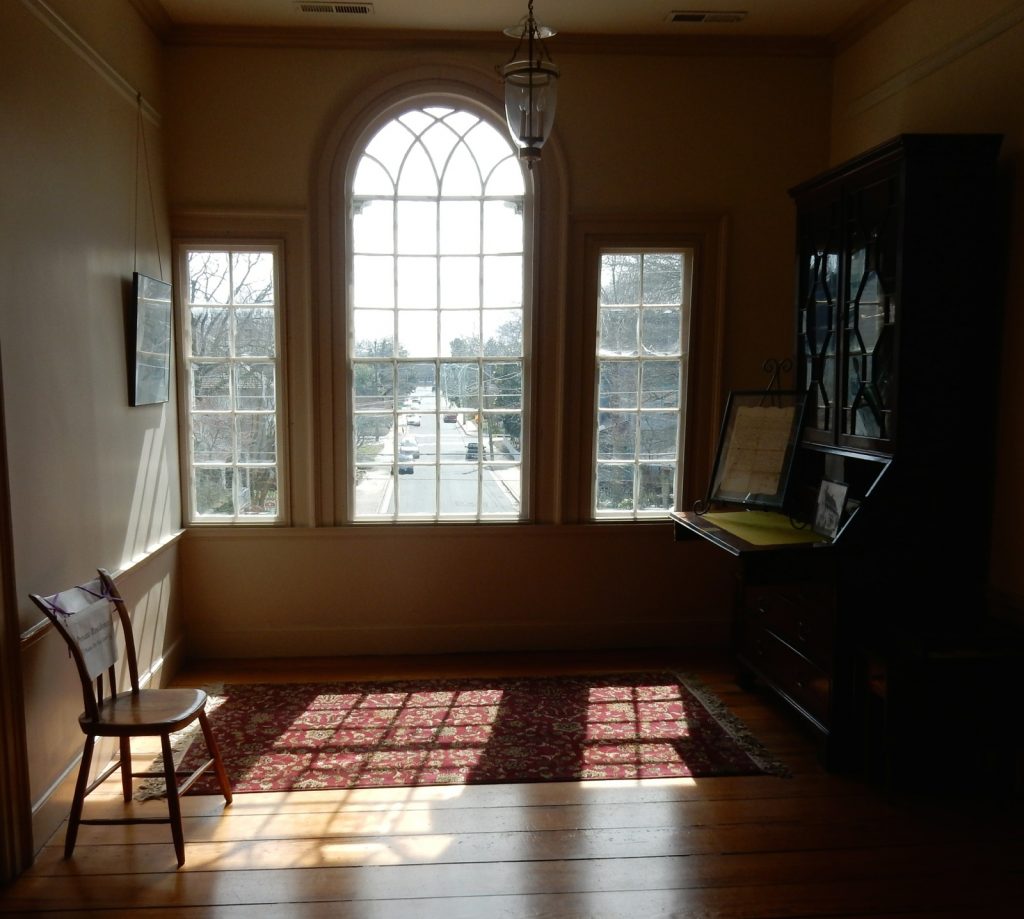
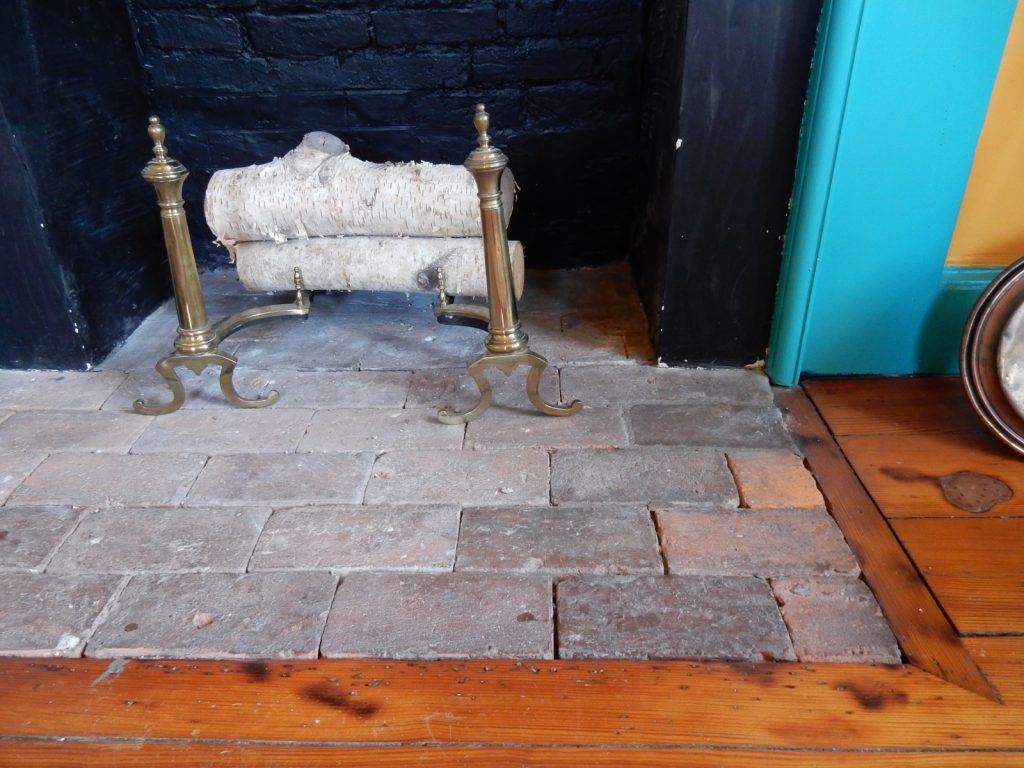
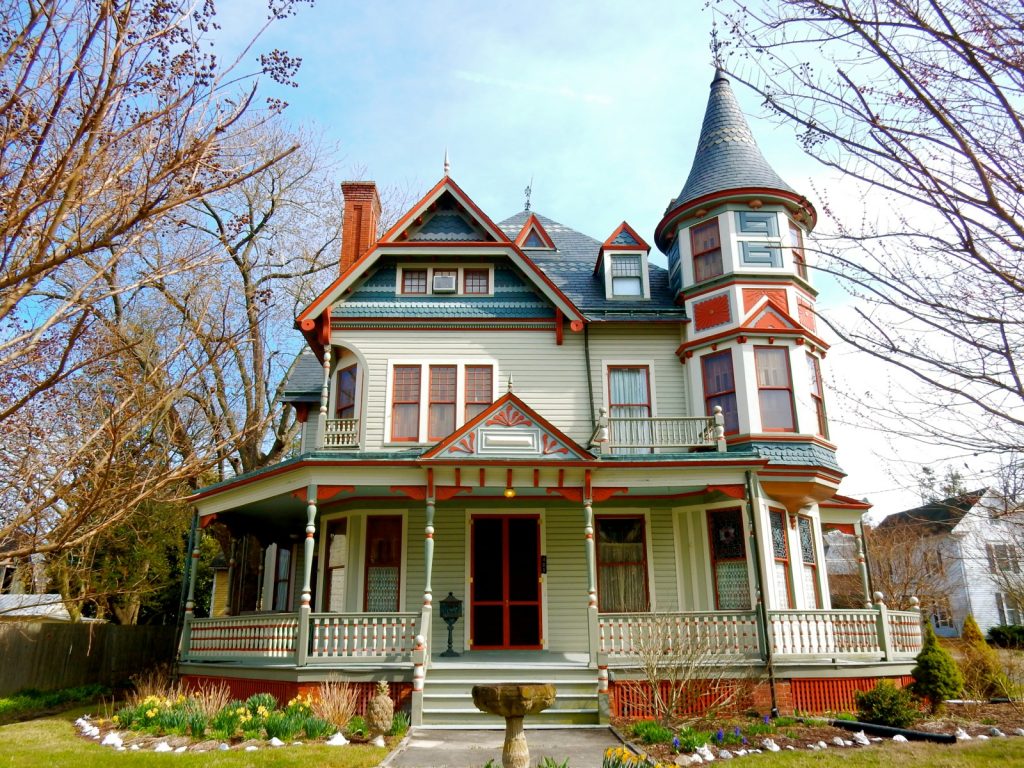
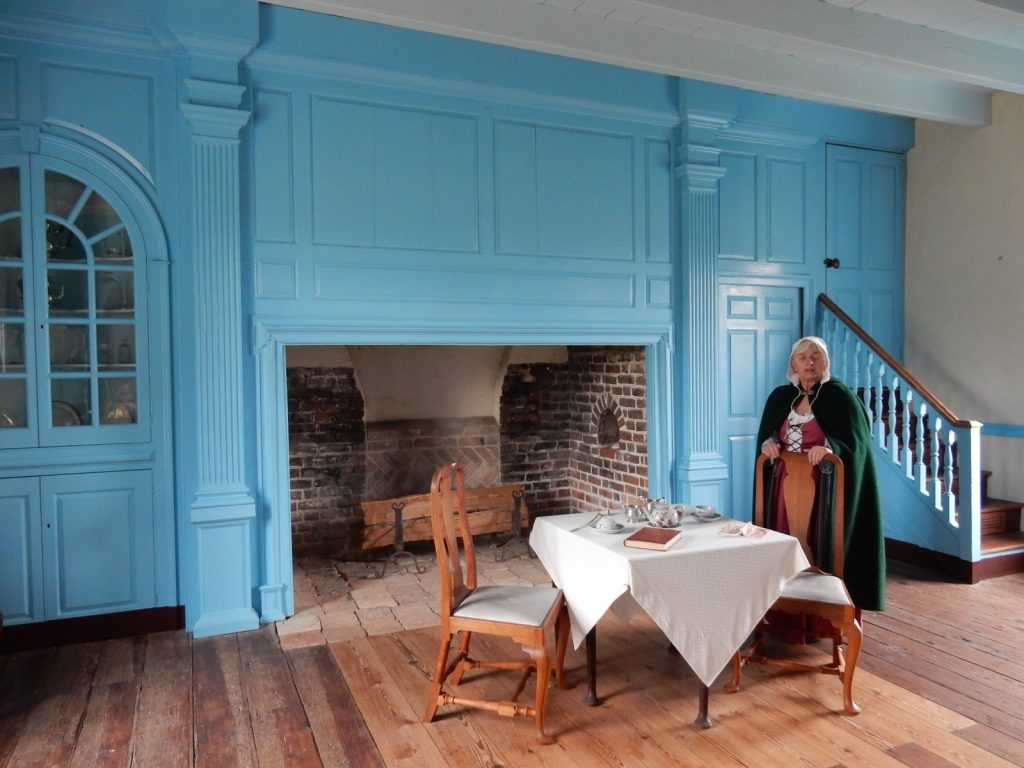
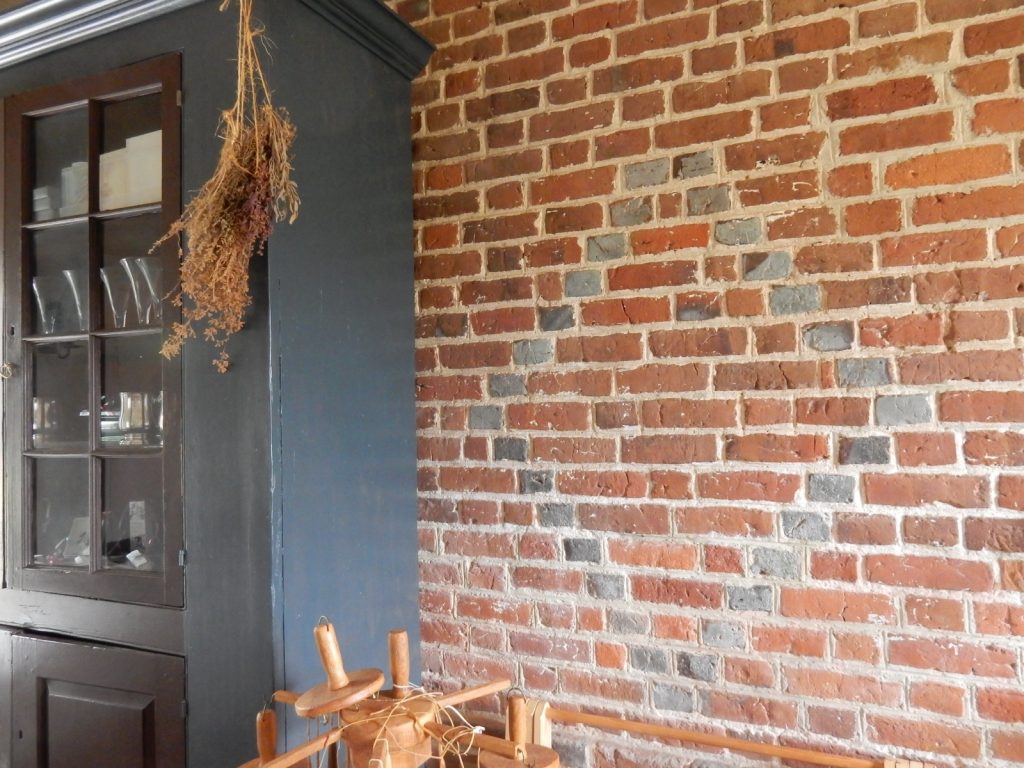
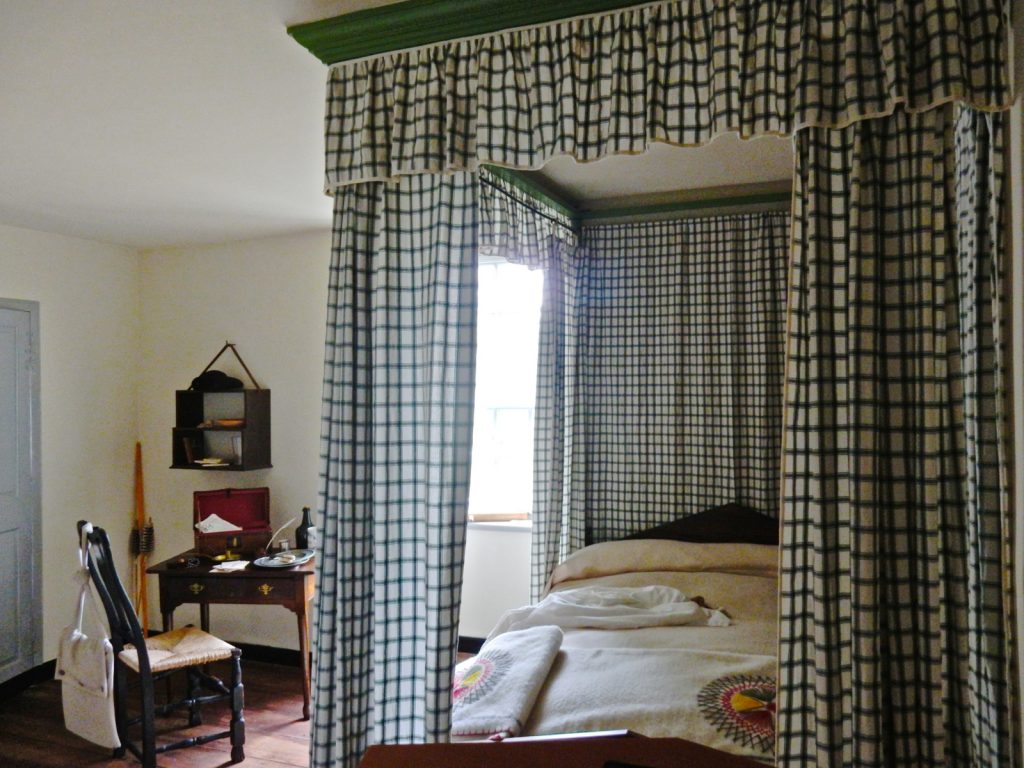
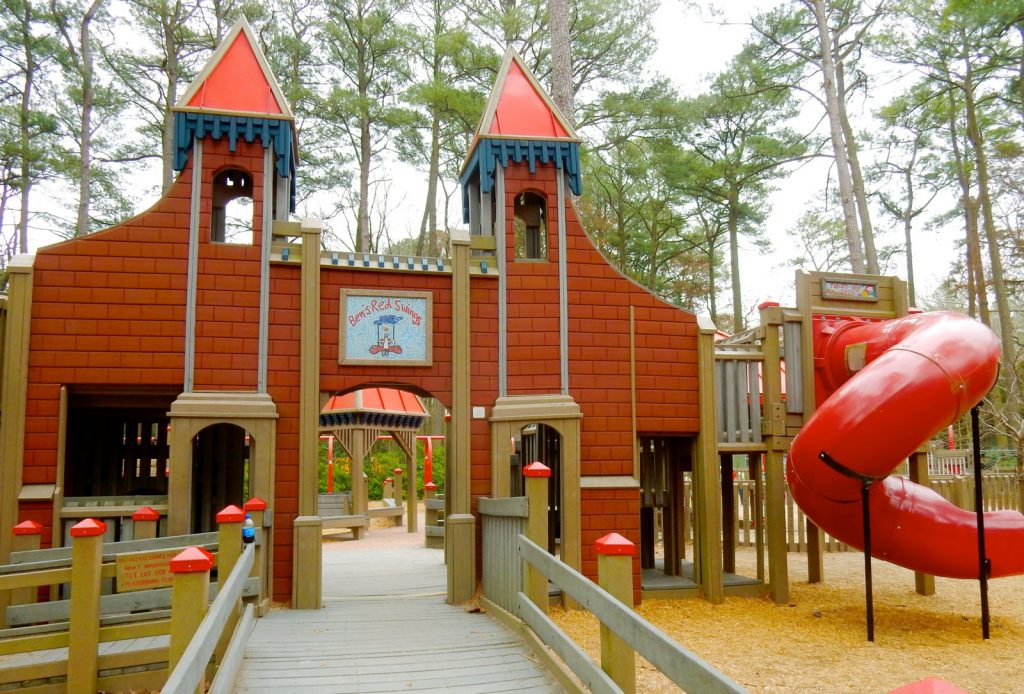
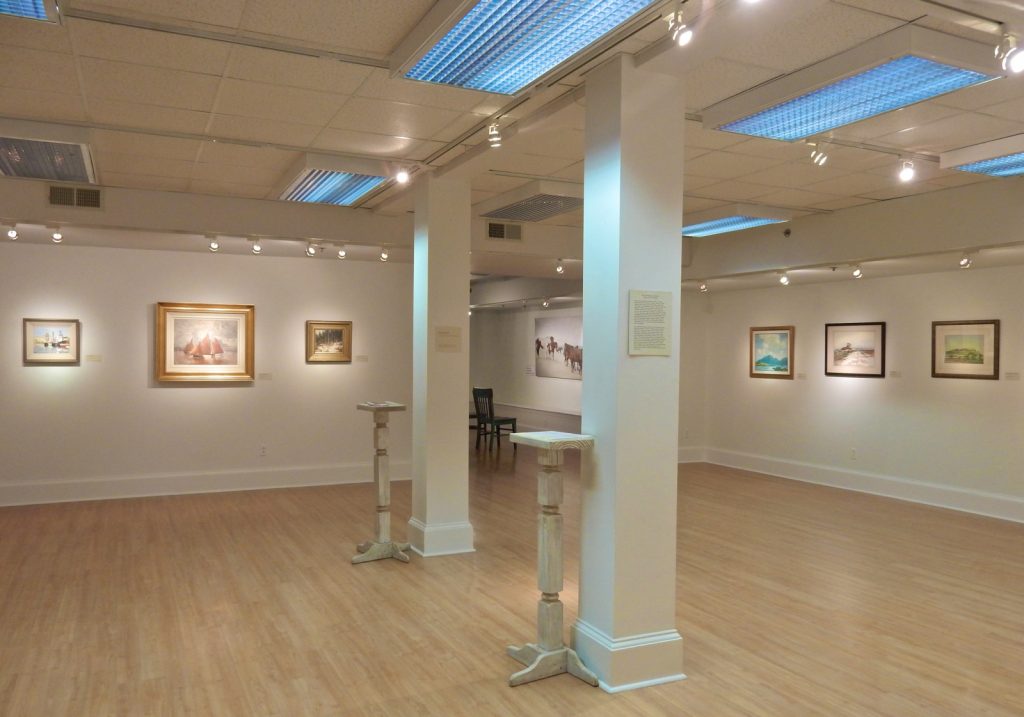
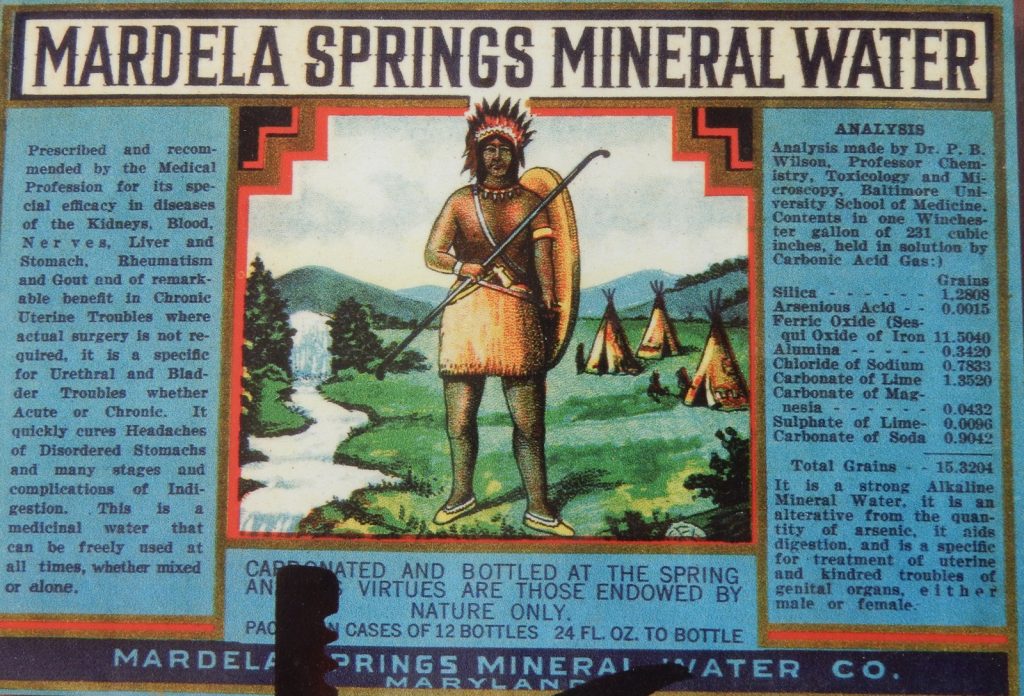
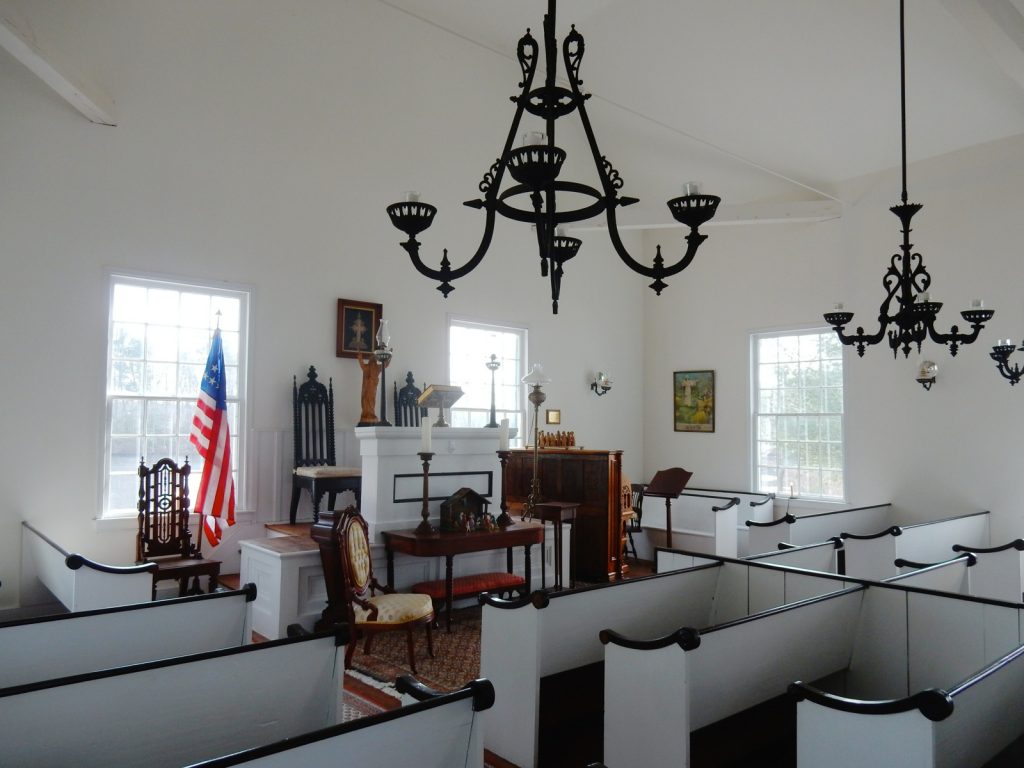
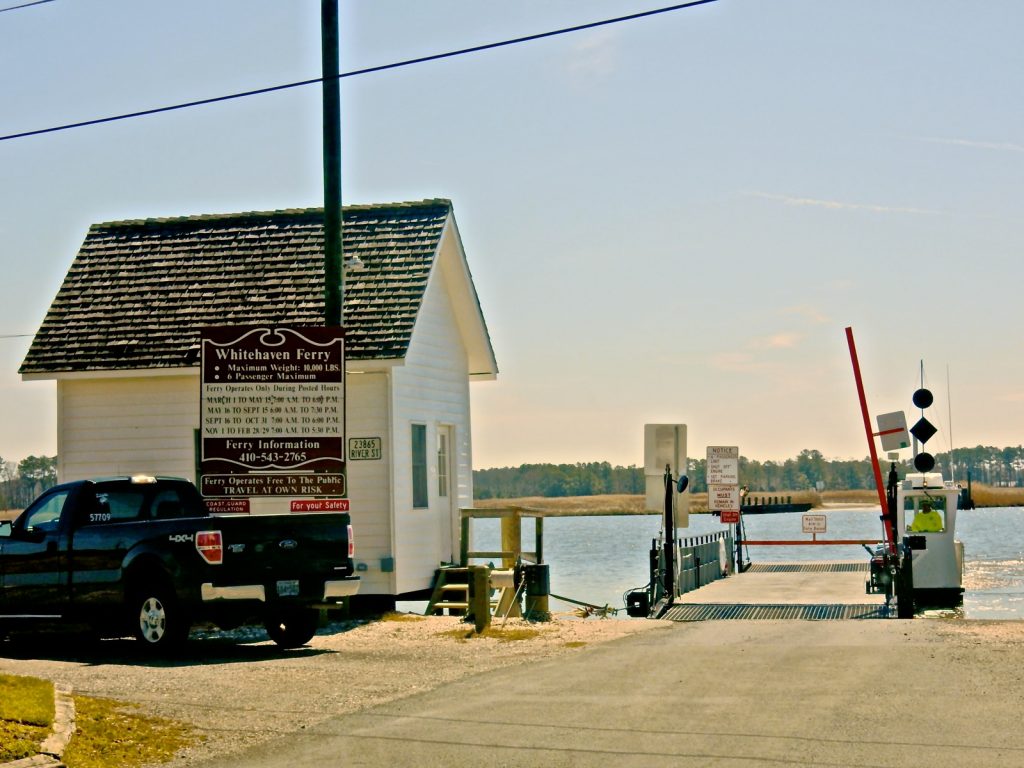
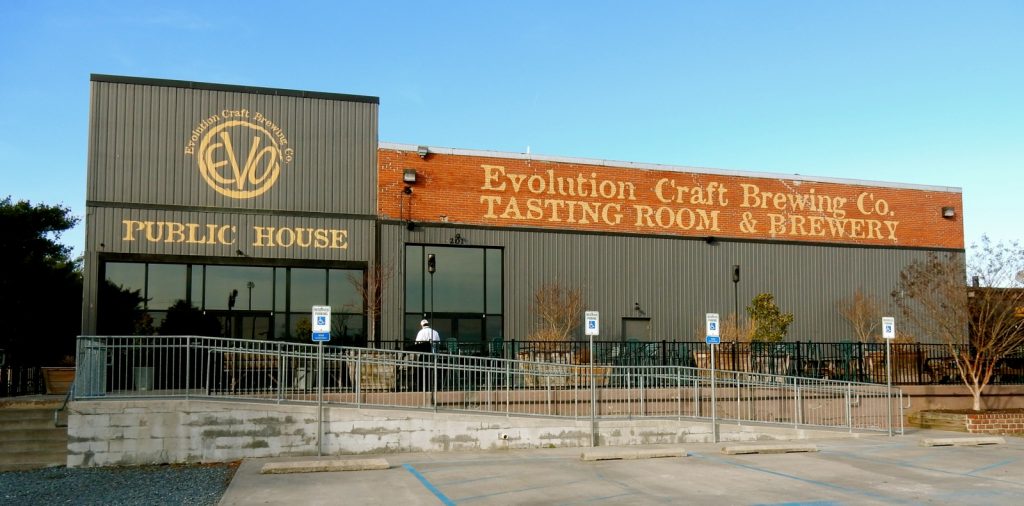
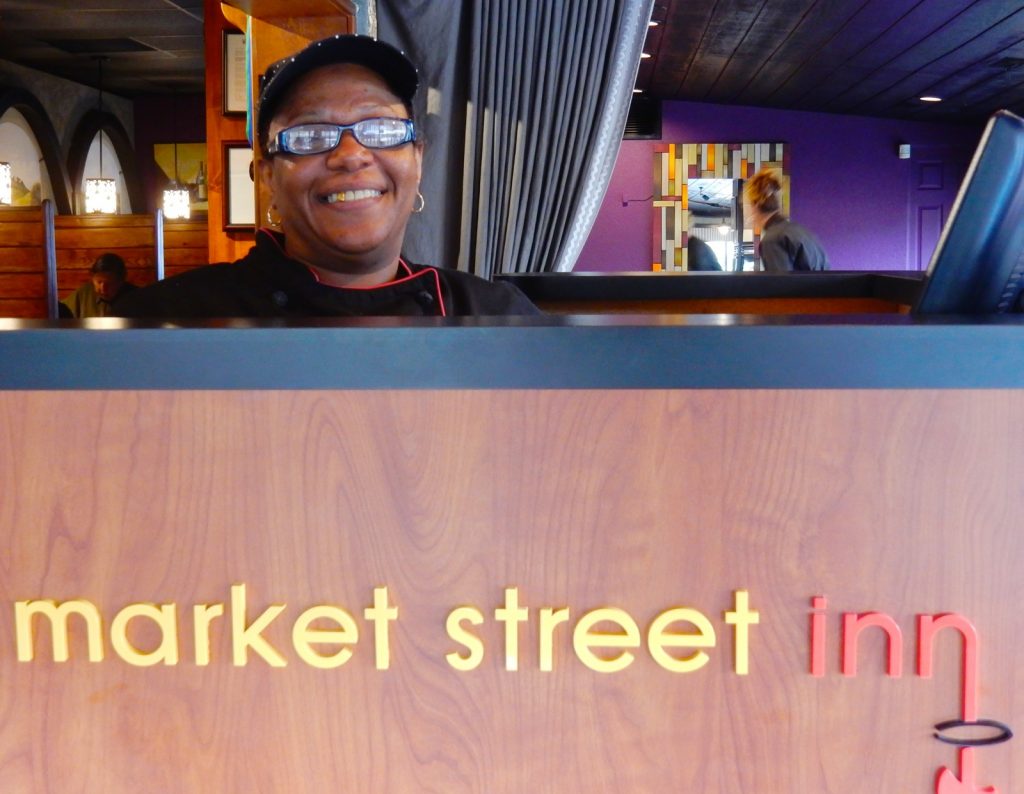
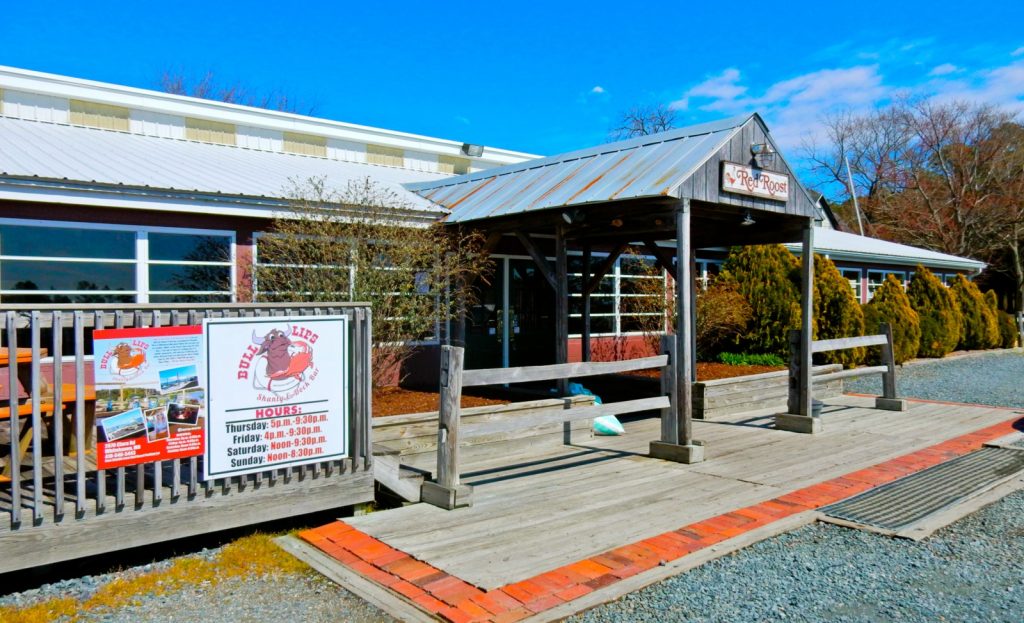
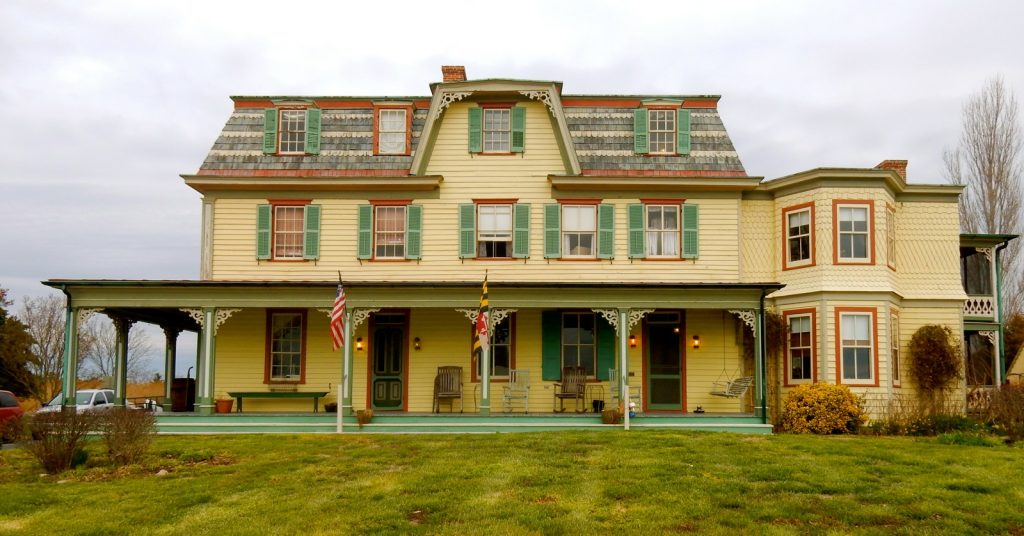
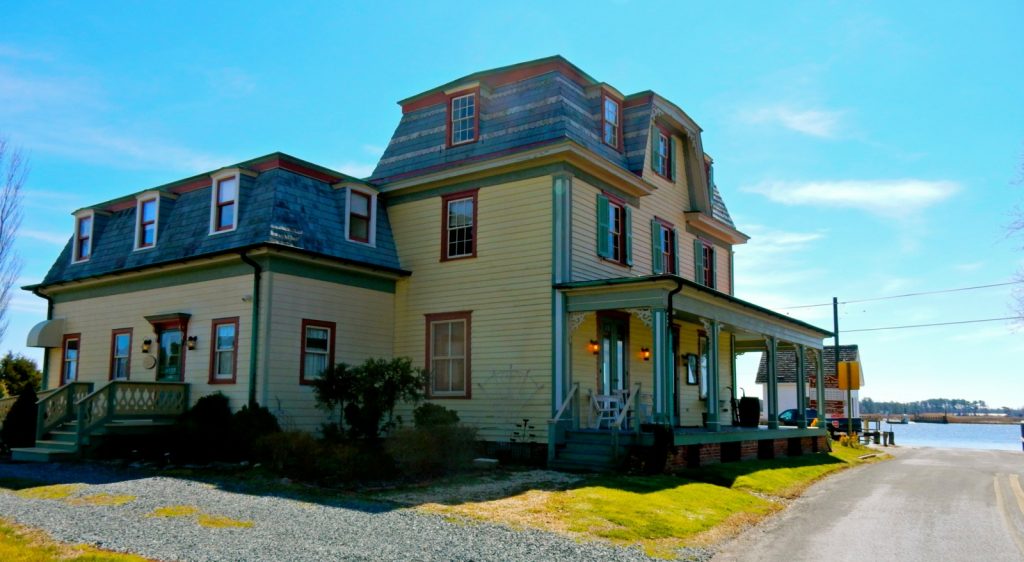
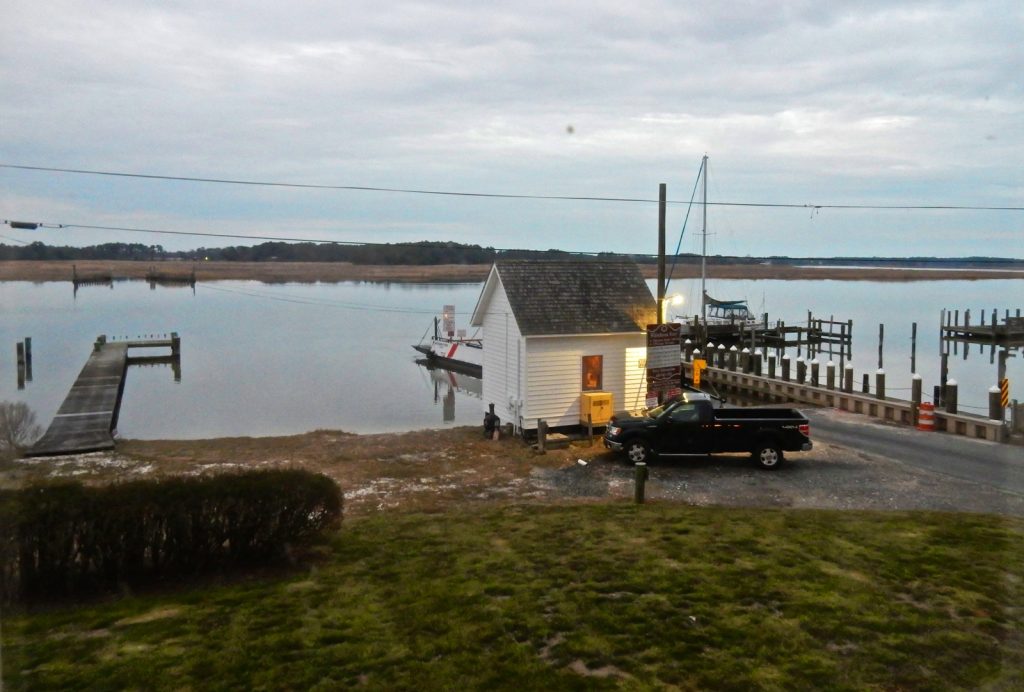
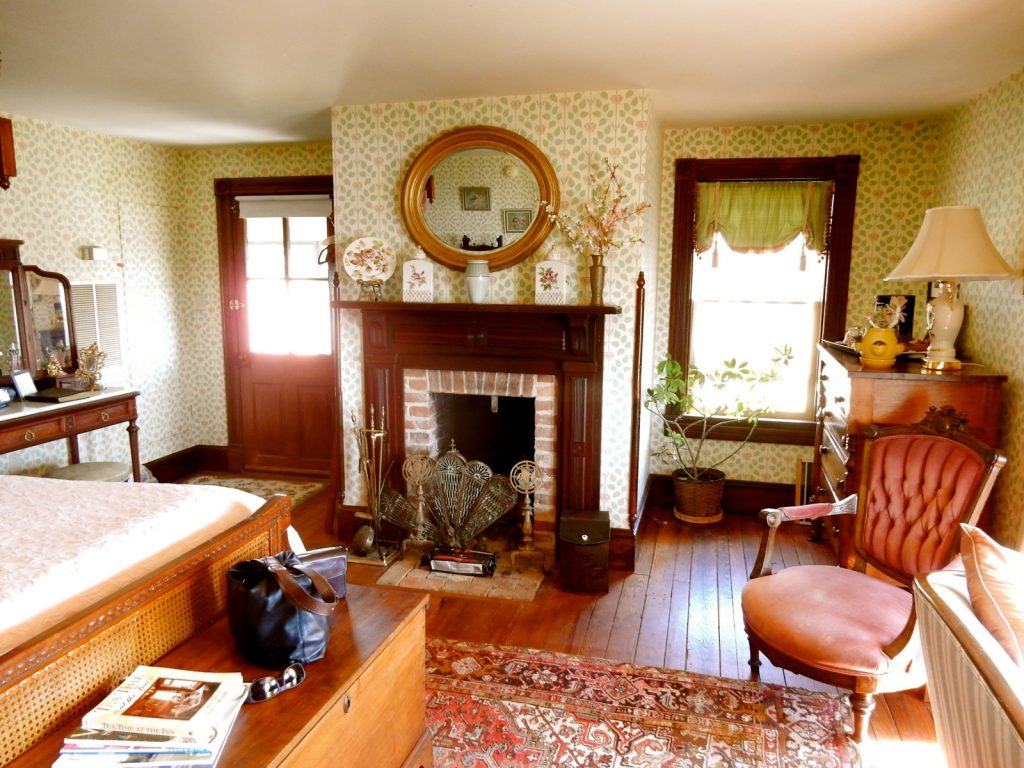
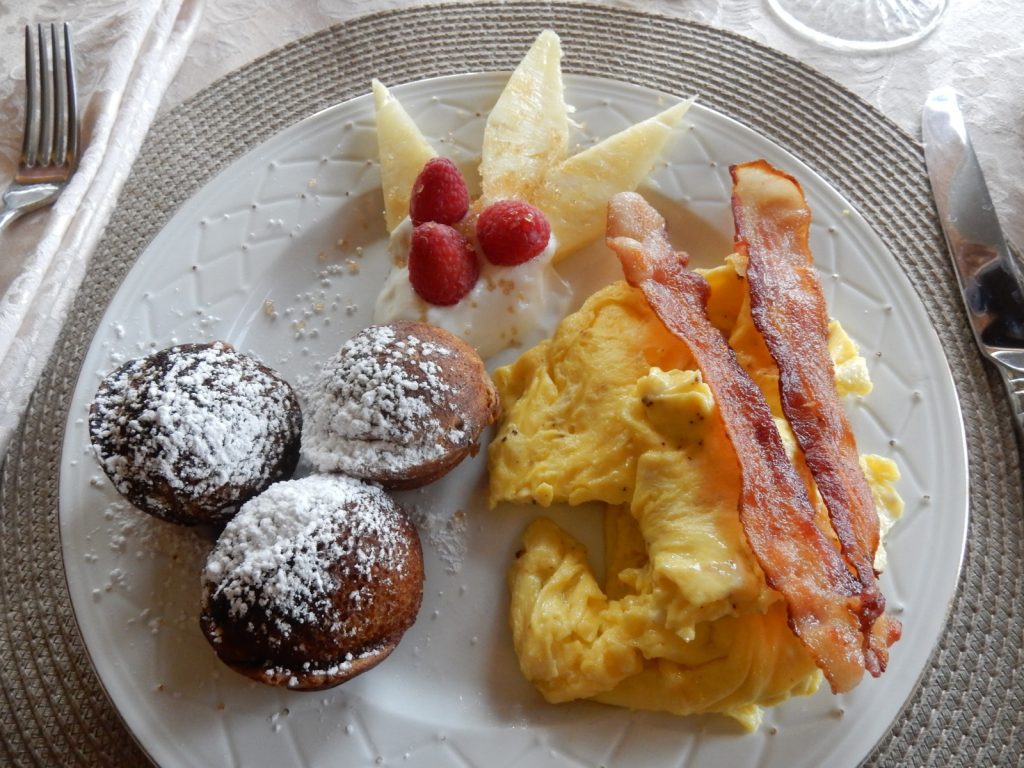

Hi Mary! I work for Wicomico County Tourism. The Art Institute & Gallery and SBY Art Space are actually the same place. The AI&G recently rebranded.
Art Institute &Gallery is included! They have rebranded as SBYArtSpace 🙂